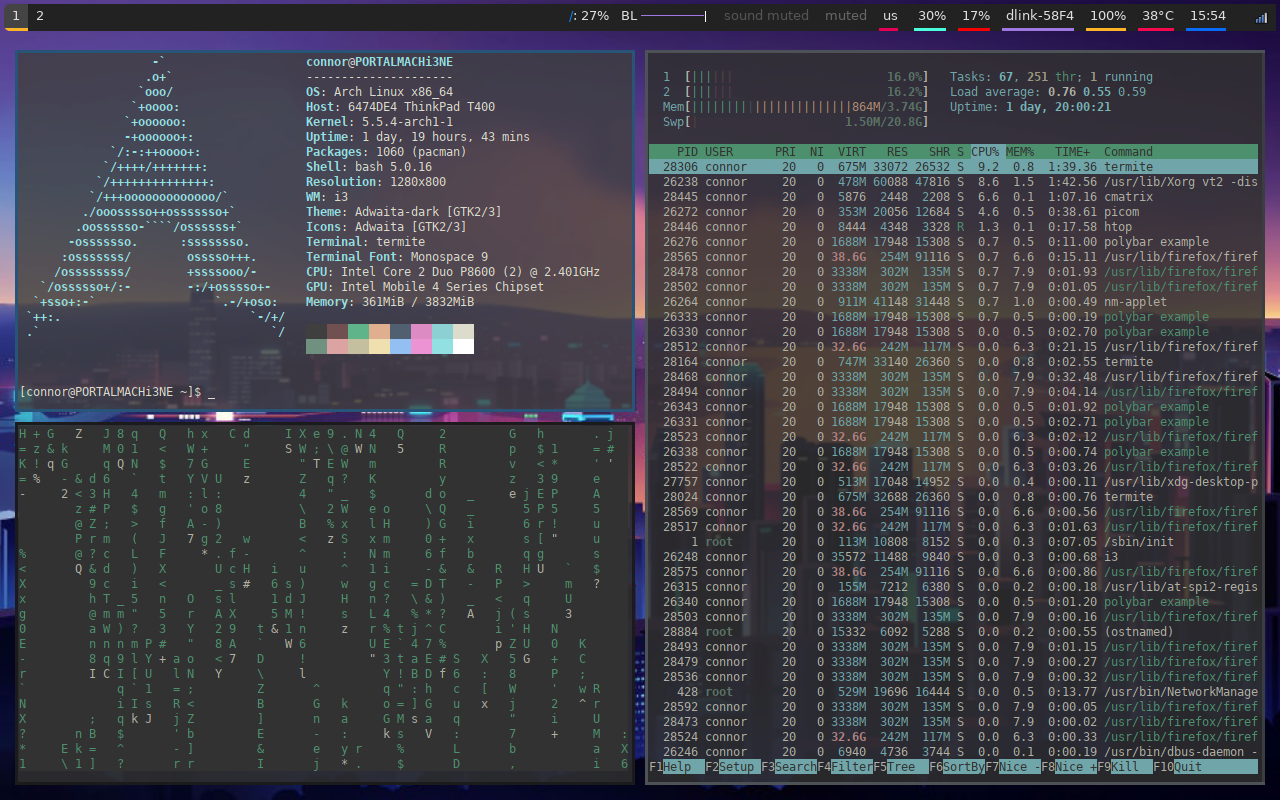

bspwm lets you manually choose how new windows get inserted or positioned or set it to automatic mode, where it follows a particular scheme to arrange the windows. You must install the window manager and a separate package to use the keyboard/pointer bindings. The first screenshot you see in this article was made possible using bspwm. bspwm Image Credits: Customized Desktop with bspwm by u/emanuelep57īspwm is a lightweight tiling window manager. So, before installing and configuring any of the window managers, you might want to check what it supports. Some window managers/compositors for Wayland may not support proprietary graphics drivers, including NVIDIA. However, you still need to know what you're doing before you use them. To make things easy, you can also utilize other users' dotfiles (configuration) to quickly modify the look and behavior of your desktop. Here, I provide the links to its documentation, and the installation commands to give you a head start.

But, it is not mandatory, you can try other distributions.

So, you can expect better community support for configurations/setup if you pick Arch Linux as your distro of choice.

If you do not know how to configure it to your liking, you may not be able to use it. Some window managers provide you with room for endless customizability.There are some points to note that include: It may not be feasible to cover everything in this article. If you decide to use a window manager, you must be willing to research/read documentation to get things right. You can explore Arch's documentation to learn more.įor multi-monitor setups, you might want to check for RandR and Xinerama protocol support with the window managers. Most of the options mentioned work for the Xorg display server, considering window managers on Wayland are called compositors.


 0 kommentar(er)
0 kommentar(er)
